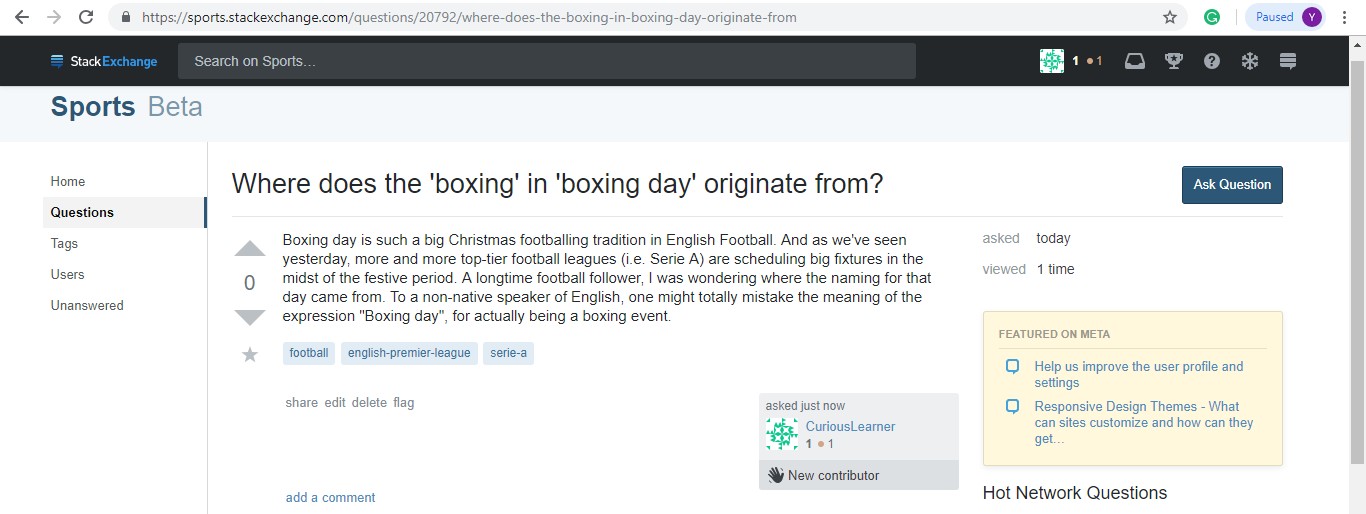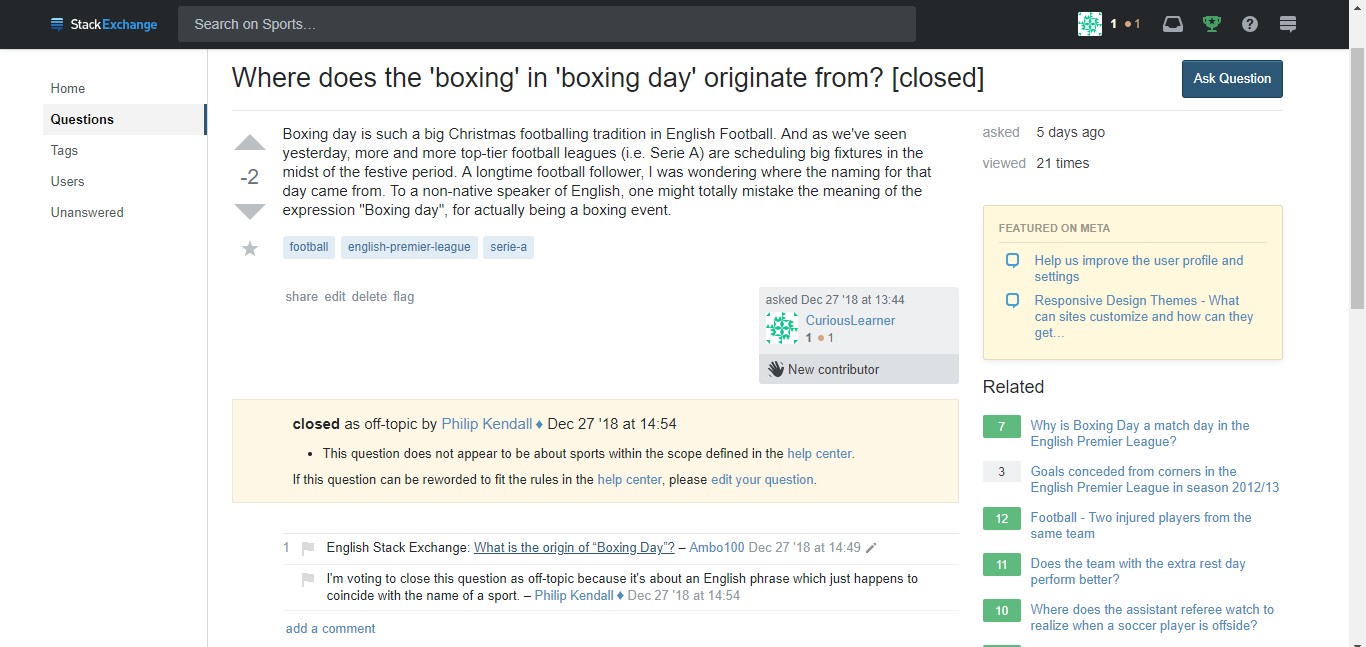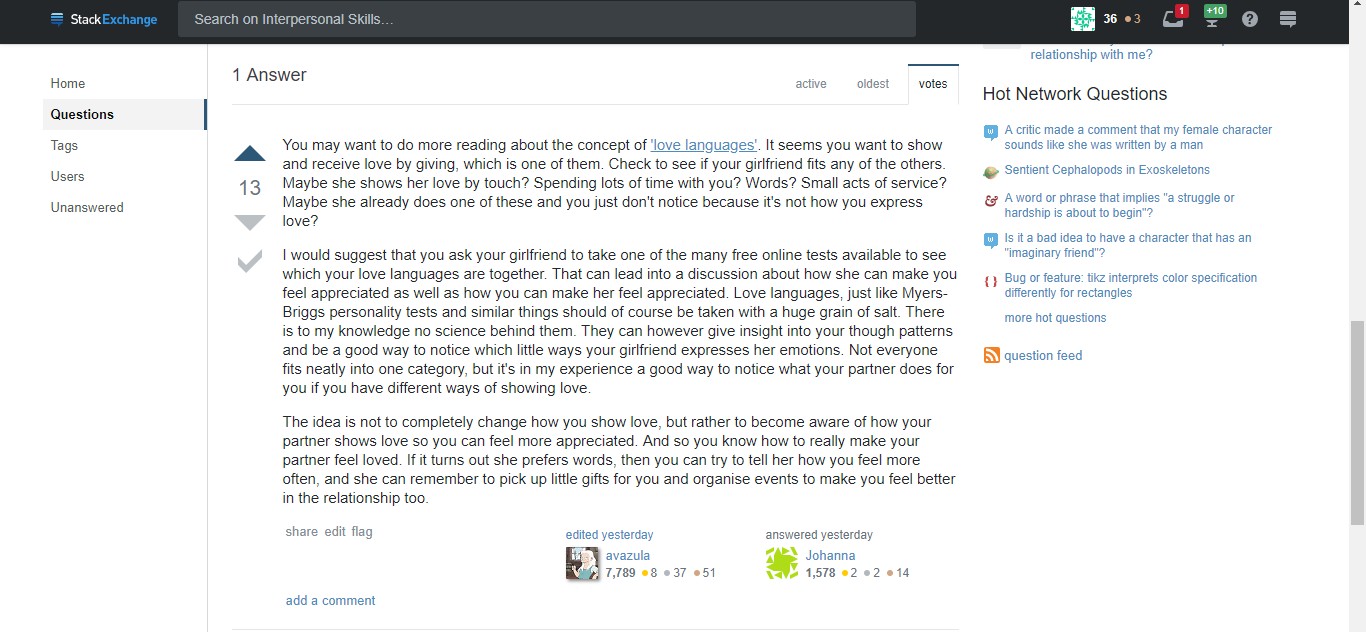Facebook to Instagram: A “trying” rewiring experiment
I ran a week-long rewiring experiment. Facebook is de facto, the social network I run to by default. Twitter comes second. I neither had a Snapchat nor an Instagram account before I decided to run this experiment. It turned out to be super interesting and full of personal takeaways. Since I was making up for this assignment over the break, I decided to stay away from Facebook and not necessarily de-activate my account. I thus created an Instagram account, having a vague idea of how it worked and setting as rules to not follow any page, but to enter things and people I was interested about in the “search” tab. It made me realize the ways in which our social media behavior is truly shaped by each of those platforms’ peculiarities. More importantly, I became much more aware of my tendencies and things that stimulated me to go onto my preferred platform: Facebook. Here’s how.
From the moment I landed in Dakar, I decided I was going to stay off Facebook from the 23rd Dec. until Dec. 31st. Surely a good detox idea, but also one that I took at a time where it’s challenging to stay off Facebook as activity levels peak during the festive period, and it is tempting to read friends’ posts summarizing their year, people sending me good wishes, notifications from my sports pages about English Football, which is the only league running throughout the early winter period. I thought staying off it would be easy, I was wrong as throughout the days, my fingers were constantly trying every 2-3 hours to get on Facebook. Staying off of it on December 31st proved near impossible.
The time off Facebook was also my opportunity to embrace Instagram as my new go-to platform. I now understood how it made time fly by so quickly once it had zero’ed in on what my interests were and offered me scrolling stories of things related to them. I was not an archetype of the “active user” as I was not hearting things left and right and commenting on every post. Yet I would say that I was quite active in using the platform, though mostly as a consumer and not a generator of content like I was on Facebook. Whereas on Facebook and Twitter I could express whatever I felt through just words, Instagram made words an accompaniment to an image or a video. This emphasis on audiovisual material made a passive user like me feel like I was consuming entertainment non-stop. I didn’t need to think too hard about writing something, I just needed scrolling and clicking. The biggest takeaway was that I could get news from Instagram just as I could from Facebook, but whereas on Facebook things on my newsfeed came from anywhere, on Instagram they came from things that I specifically searched and were related to. Notably, I could get very reliable news about the NBA, Football, Sneakers just because I searched for people/personalities/pages related to those centers of interests. These are images of what my home screen, style section, and search bar look like. Since I focused intentionally on solely basketball, football and shoes, I got the latest of all things related to those centers of interest. Falling on something unrelated by mere luck and thus enjoy serendipity online would have been rare.



One of the suggestions Ethan Zuckermann makes in Digital Cosmopolitans is that to experience cosmopolitanism by serendipity in our ever more “globalized” and “connected” world, we need to be aware of our consumption habits. His argument revolves around our human tendency to group with those similar to us and/or enclose ourselves solely in our centers of interests. My experiment proved to me that social platforms amplify that effect through their algorithms and end up designing for us our own echo-chambers (which we could also just call our echo-stories).
Is that necessarily a bad thing? I do not believe so. But it highly impedes that option to wander like Baudelaire’s flaneur, to go online seeking serendipitous encounters of things, facts or people, to use our connected world to further our experiences of cosmopolitanism.







